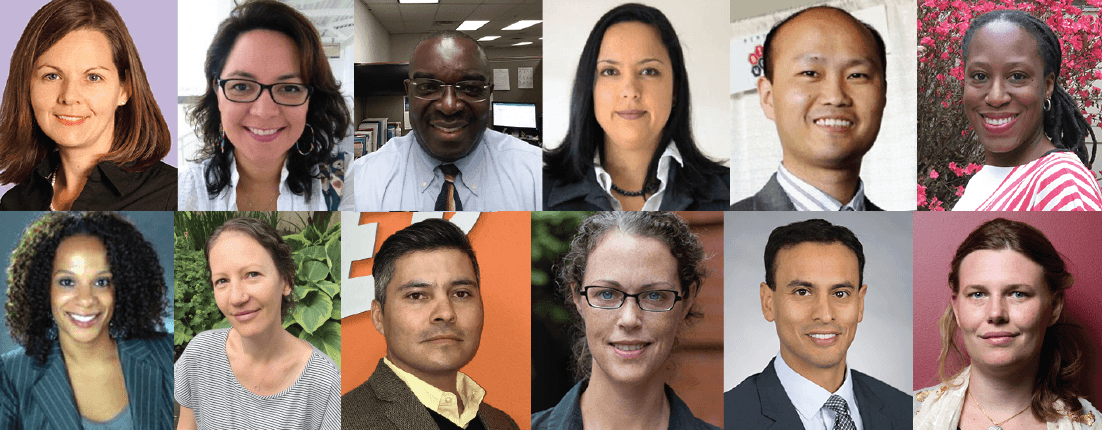The 31st annual conference of the International Society for Environmental Epidemiology (ISEE 2019) took place in the historic city of Utrecht, the Netherlands. The meeting theme was ‘”On Airs, Waters, Places”’ in recognition of what was probably the first surviving text on environmental health, written by Hippocrates of Kos some 400 years B.C.E. Find below what some JPB Fellows presented: Acetylcholinesterase inhibition and symptoms of depression and anxiety among adolescents near agriculture…
Continue reading “JPB Fellows in the 31st Annual Conference of the ISEE 2019”
